Coffee is a delightful beverage that enriches our daily lives, boasting an impressive variety of types and characteristics. In this article, we’ll take a deep dive into the different kinds of coffee beans, roasting methods, and brewing techniques. By the end, you’ll be amazed at how much your cup of coffee can change.
Among the many fascinating aspects of coffee are the differences between Arabica and Robusta beans, the flavor transformations that occur during roasting, and the wide array of brewing methods available. Let’s explore these differences together!
What You’ll Discover:- An introduction to the basic types of coffee and their unique characteristics
- An explanation of how roasting methods affect flavor
- A look into the diversity of brewing techniques to help you find your perfect cup
So, grab your favorite mug, and let’s get started on this flavorful journey!
Understanding the Basic Types of Coffee
Coffee is a beloved beverage that captivates many with its rich aromas and flavors. However, there’s a wide variety of coffee types that often goes unnoticed. In this section, we’ll take a closer look at the two primary coffee beans: Arabica and Robusta. We’ll also touch on other significant coffee varieties to help you understand their unique characteristics and find your perfect cup.
The Differences Between Arabica and Robusta
Arabica and Robusta are the two main coffee varieties, each with its own distinct traits. Arabica is generally regarded as a higher-quality coffee. It boasts a well-balanced sweetness and acidity, along with a smooth mouthfeel. Its rich aroma and fruity flavors make it particularly popular among coffee enthusiasts.
On the other hand, Robusta features a stronger bitterness and a more intense flavor profile. It contains higher caffeine levels, giving it a bold taste. Robusta is often used in espresso and blended coffees, and its relatively lower cost contributes to its widespread use.
- Arabica offers a great balance of sweetness and acidity
- Robusta is characterized by its strong bitterness and rich flavor
- Understanding these differences can help you discover your preferred coffee
Other Major Coffee Varieties
Beyond Arabica and Robusta, there are many other types of coffee to explore. For instance, Liberica has a unique aroma and flavor, making it a cherished local specialty in some regions. Additionally, Excelsa is gaining popularity; it has a taste profile similar to Arabica but is more challenging to cultivate, resulting in limited availability.
These coffee varieties can vary in flavor and aroma depending on their region, with local culture and climate playing significant roles. One of the joys of enjoying coffee from around the world is experiencing the unique characteristics and history of each region.
- Liberica is known for its distinctive aroma and flavor
- Excelsa has a taste similar to Arabica but is difficult to grow
- You can enjoy the differences in flavors based on region
The Impact of Roasting on Coffee Flavor
When it comes to enjoying coffee, roasting is a crucial factor. The degree of roasting can bring out entirely different flavors from the same beans. In this section, we’ll explore the different levels of roasting, their characteristics, and how roasting influences the flavor of coffee. Use this information to enhance your coffee experience!
Types of Roasting and Their Characteristics
Coffee roasting can be categorized mainly into three levels: light roast, medium roast, and dark roast. Light roast highlights the beans’ natural flavors, showcasing fruity acidity. Also known as “lightly roasted,” this type allows you to fully enjoy the aroma of coffee.
Medium roast offers a balanced flavor profile, harmonizing acidity and bitterness. It’s a favorite among coffee beginners and is versatile enough to be enjoyed in various settings. Dark roast, on the other hand, has a strong bitterness and emphasizes a rich, toasty flavor. This type is perfect for espresso or café au lait, delivering a robust taste.
- Roasting levels include light roast, medium roast, and dark roast
- Light roast features fruity acidity
- Dark roast is known for its strong bitterness and rich flavor
How Roasting Alters Flavor
The flavor of coffee can change dramatically depending on the roasting process. Lightly roasted coffee retains the beans’ natural taste, characterized by a fruity aroma reminiscent of fresh fruit. In contrast, dark roasting caramelizes the sugars inside the beans, enhancing the toasty flavor and creating a deeper taste.
Additionally, roasting affects the caffeine content of coffee. Generally, light roasts contain more caffeine, making them ideal for waking you up in the morning. Conversely, dark roasts have less caffeine, making them a great option for a relaxing evening beverage.
- Coffee flavor changes with roasting
- Light roast offers a fruity aroma, while dark roast enhances toastiness
- Caffeine content also varies with roasting
The Diversity of Brewing Methods
The allure of coffee extends beyond just the variety of beans and roasting techniques; it is significantly influenced by the brewing method as well. With numerous brewing methods available, each one brings out distinct flavors and aromas. In this section, we’ll explore the differences between drip coffee and French press, as well as delve into espresso and other brewing techniques. I hope this helps you discover the perfect brewing method for your taste!
Drip Coffee vs. French Press
Drip coffee is made by pouring hot water over coffee grounds, allowing it to filter through. This method is quite easy to do at home, making it a favorite among many coffee drinkers. One of the great things about drip coffee is its ability to extract the delicate flavors and aromas of the coffee. You can also adjust the brewing time to create a flavor profile that suits your preferences.
On the other hand, the French press involves steeping coffee grounds in hot water and then pressing down a plunger to separate the coffee from the grounds. This method retains the coffee’s oils and fine particles, resulting in a rich and full-bodied flavor. Although it requires a bit more effort than drip coffee, it’s highly recommended for those who want to enjoy a deeper taste experience.
- Drip coffee is simple and highlights delicate flavors
- French press allows for a rich and robust taste
- Brewing methods can significantly change the coffee’s flavor profile
Espresso and Other Brewing Methods
Espresso is brewed by forcing hot water through coffee grounds at high pressure, resulting in a rich and concentrated flavor. Known for its intensity, espresso is topped with a frothy layer of crema, adding to its charm. There are many drinks based on espresso, such as lattes and cappuccinos, providing a variety of ways to enjoy this flavorful brew.
Other popular brewing methods include siphon and moka pot. The siphon method is visually captivating and effectively extracts the coffee’s flavors. The moka pot, on the other hand, allows coffee lovers to enjoy a taste close to espresso in the comfort of their homes, making it a beloved option for many.
- Espresso offers a rich and creamy flavor
- Siphon brewing is visually appealing and flavorful
- Moka pot provides an easy way to enjoy espresso-like coffee
The Future of Coffee Culture and Evolving Needs
In our daily lives, coffee has transcended its role as just a beverage, becoming an integral part of our culture and lifestyle. The coffee culture of the future is poised for significant transformation, influenced by sustainability and new technologies. In this section, we will explore the trends that are set to shape the coffee industry and the new possibilities that align with our evolving needs.
Sustainability and Emerging Trends
Recently, sustainability has taken center stage in the coffee production process. With growing environmental awareness, methods such as organic farming and fair trade have gained popularity. These practices enable producers to engage in fair pricing, allowing beans grown sustainably to garner widespread support.
Moreover, consumers are increasingly conscious of their environmental impact, leading to a stronger preference for sustainable products. For instance, reusable coffee filters and eco-friendly packaging have emerged as popular choices. These new trends not only enhance our coffee-drinking experience but also contribute to making environmentally responsible decisions.
- Focus on sustainable coffee production
- Popularity of organic farming and fair trade
- Growing trend towards environmentally conscious product choices
Technological Transformations
The evolution of technology is also playing a pivotal role in the transformation of coffee culture. Smart coffee makers and apps for coffee management have become increasingly common. These advancements allow users to precisely manage the freshness of their beans and extraction times, making it easier than ever to brew a personalized cup of coffee.
Additionally, data analytics for researching coffee trends and AI technologies for understanding consumer preferences are being utilized. These innovations are driving the coffee industry forward, paving the way for new products and services that cater to our needs.
- Rise of smart coffee makers and management apps
- Data analysis and AI technologies impacting the coffee industry
- New products and services responding to our needs
Conclusion
In this article, we explored the different types of coffee, their unique characteristics, the impact of roasting, the variety of brewing methods, and the future of coffee culture. Coffee isn’t just a beverage; it’s a rich culture that offers endless flavors, depending on the beans you choose, how they’re roasted, and the brewing techniques you use. We encourage you to find your own way to enjoy coffee and incorporate it into your daily life.
Moreover, we can’t overlook how sustainability and technological advancements are set to enrich coffee culture in the years to come. Keep an eye out for new trends and enjoy crafting your own coffee experience!
- The flavor of coffee varies with the type of beans and roasting process
- The diversity of brewing methods expands the enjoyment of coffee
- Sustainability and technology will shape the future of coffee culture
Discover your ideal cup and dive deeper into the world of coffee! If you have any thoughts or recommendations for your favorite brews, please share them in the comments!

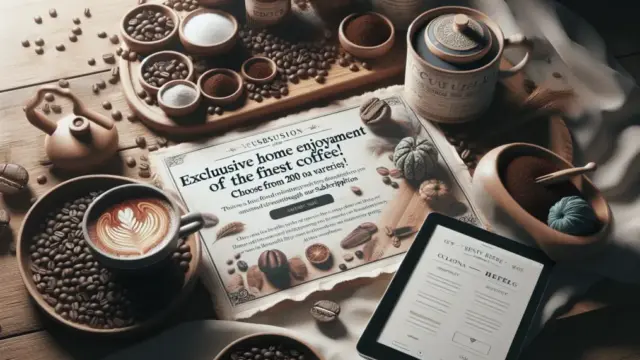




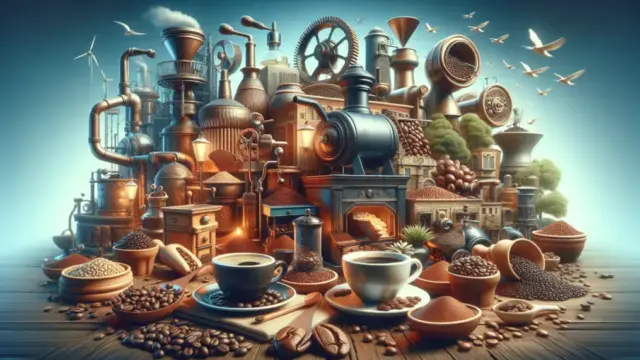







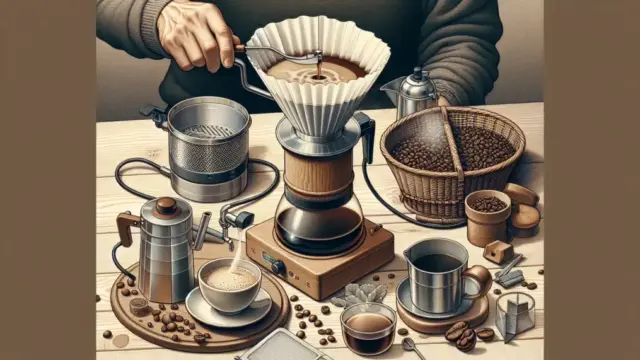

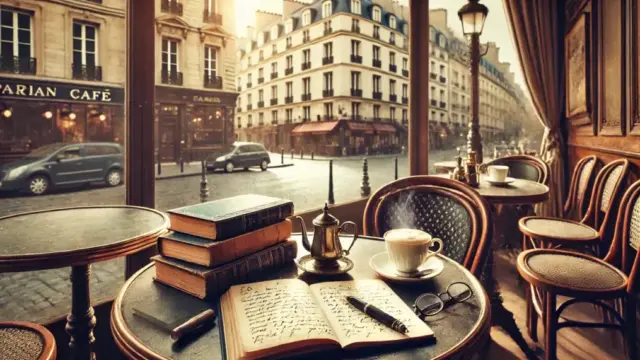
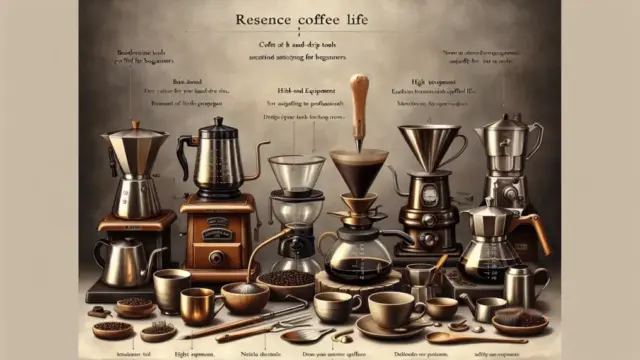


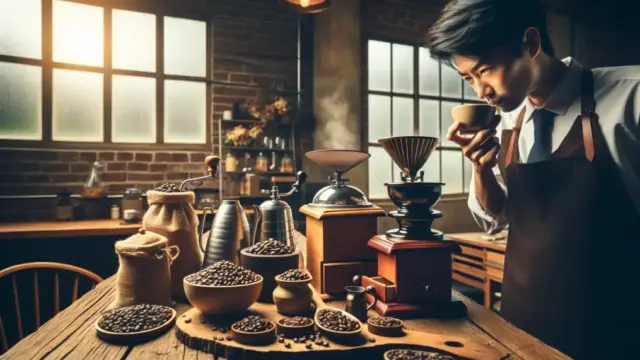

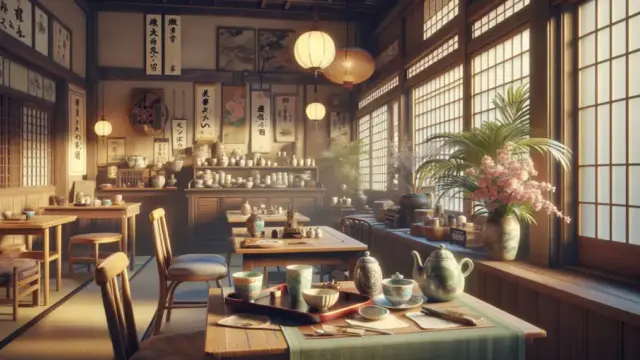





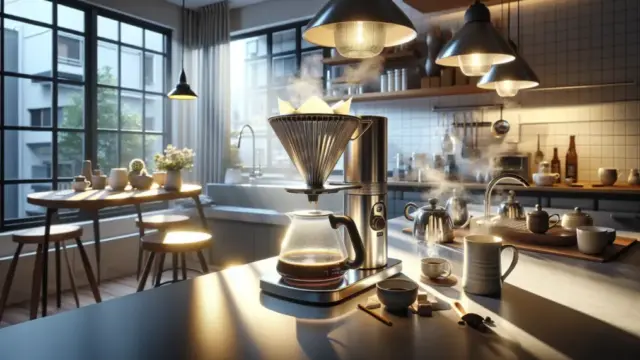


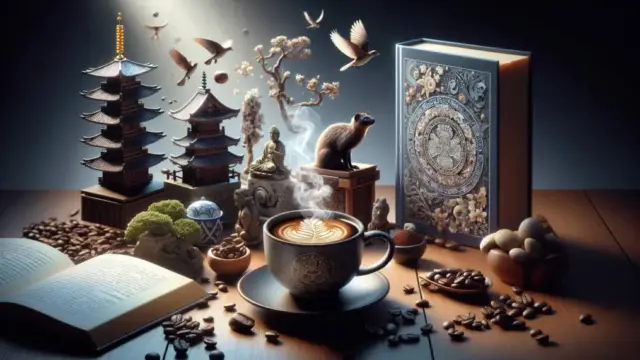


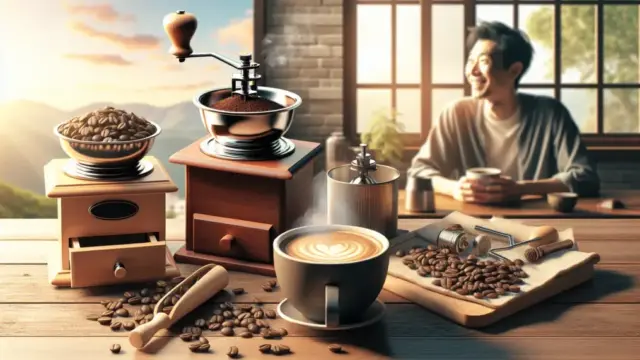

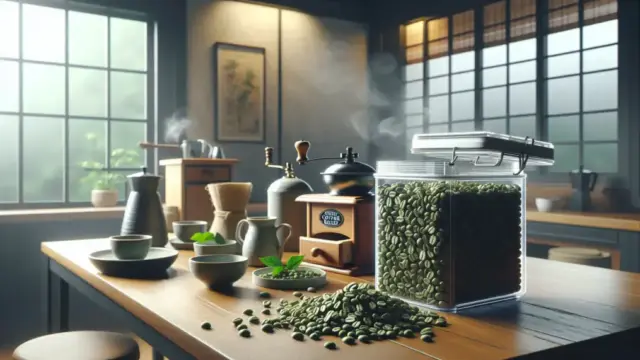

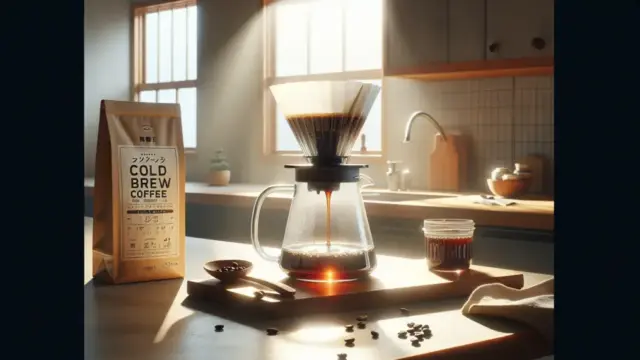



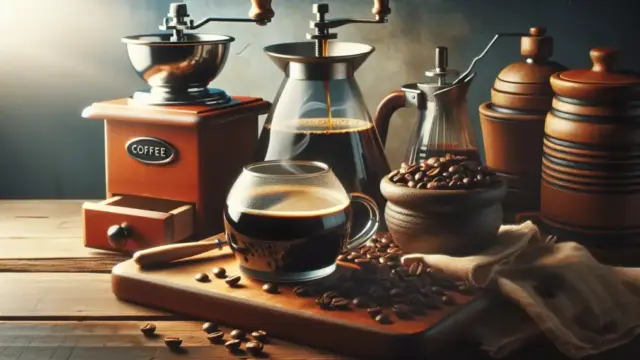
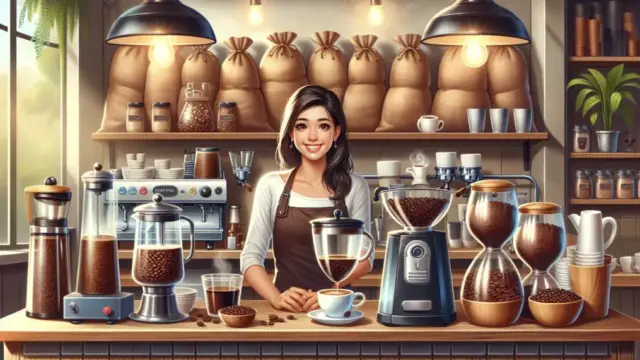



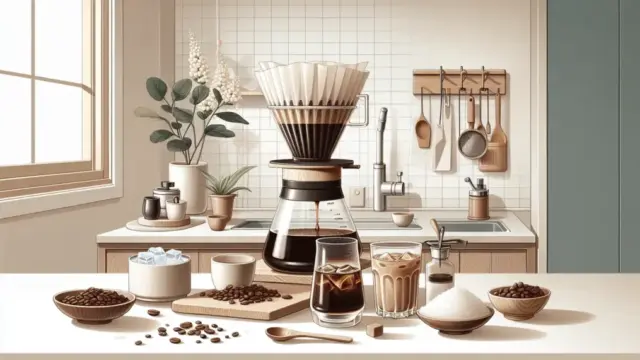
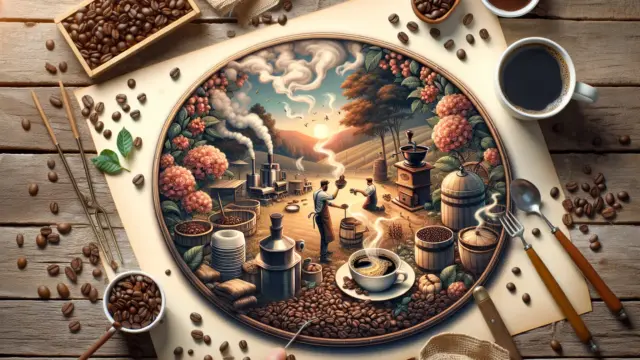





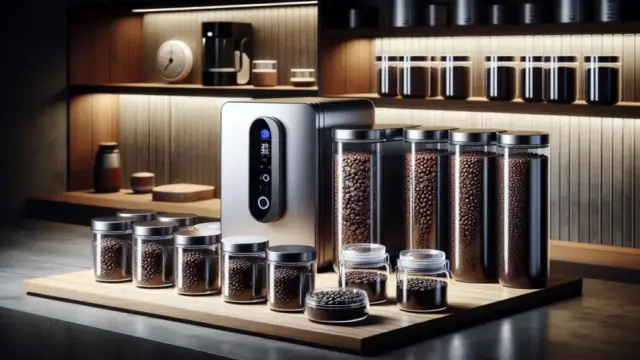



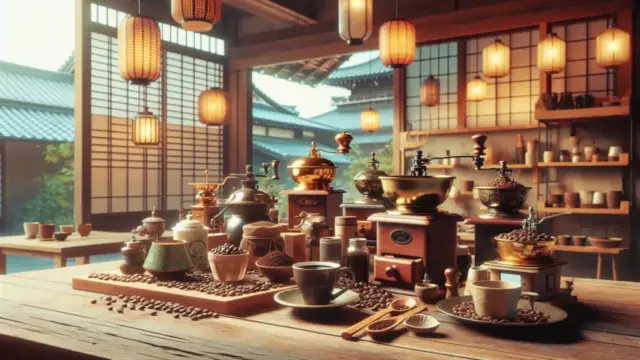


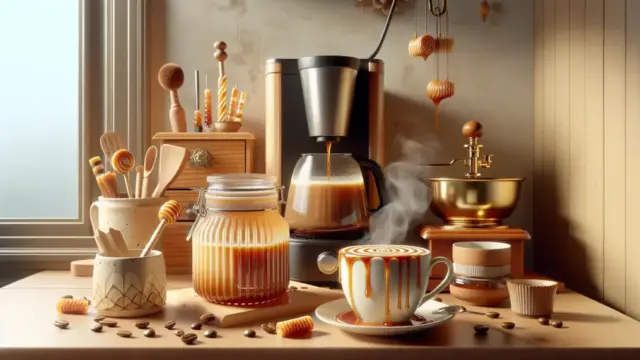


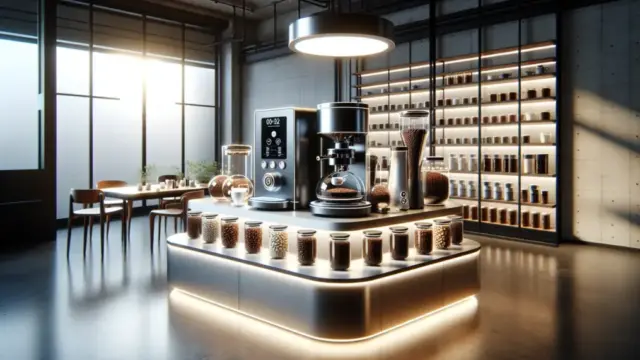

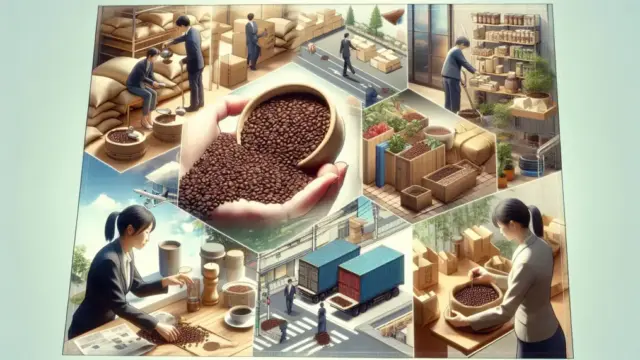
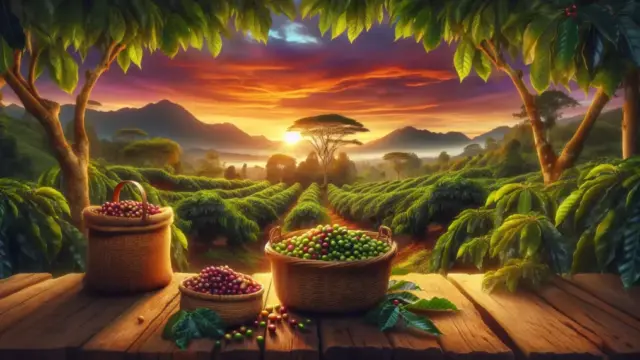


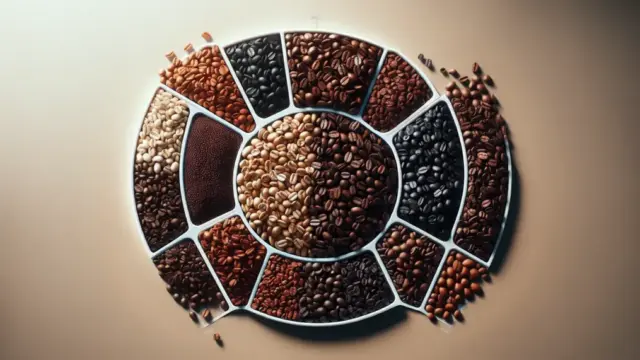

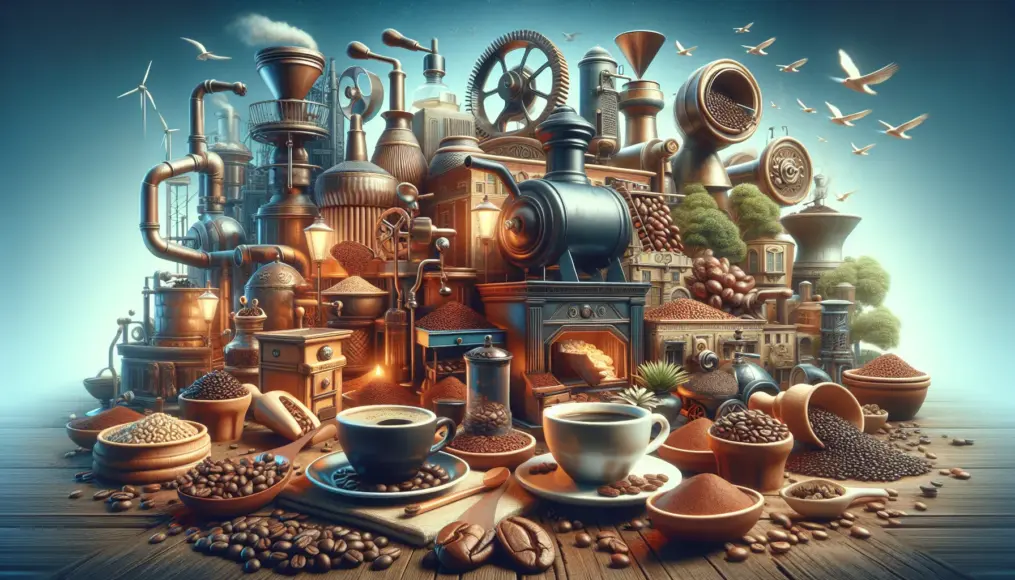
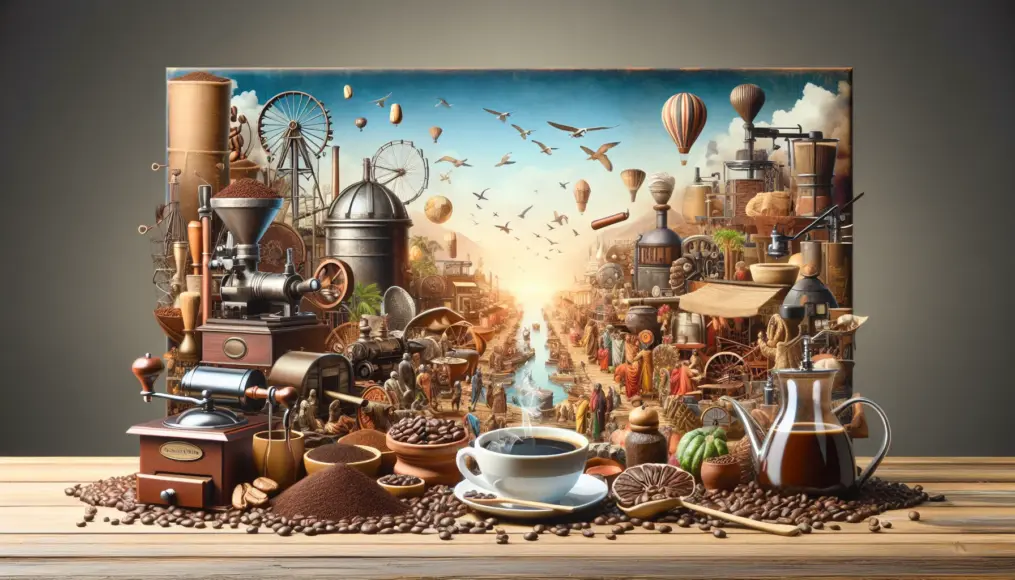
Comment